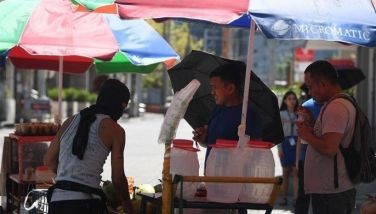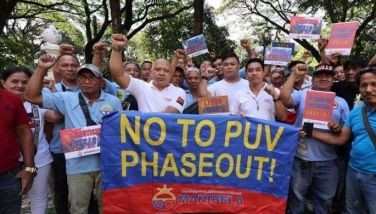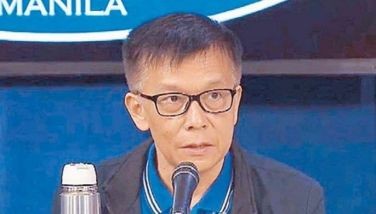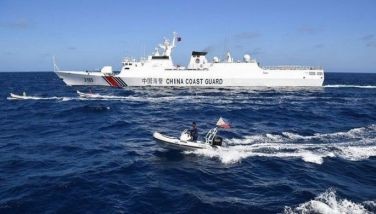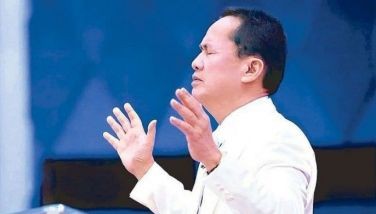Philippines' education crisis far from over -UNESCO
MANILA, Philippines - The United Nations' education arm observed how several educational targets for the Philippines are far from being reached even under President Benigno Aquino III.
In financing the sector, a UNESCO representative said in an e-mail exchange with Philstar.com that the Philippine government has not prioritized education as much as it ought to.
While education spending increased from 1999 to 2011 from 13.9 percent to 15 percent, it has not yet reached the target suggested 20 percent of national budget.
Moreover, education is not a significant contributor to the country's gross national product.
"The share of national income invested in education, which equalled the subregional average in 1999, had fallen behind by 2009 at 2.7 percent of GNP, compared with an average of 3.2 percent for East Asia," UNESCO said.
Worst out-of-school numbers
The Philippines also has 1.46 million huge out-of-school population and the number has hardly been improved between 2000 and 2011.
"The Philippines is still in the top ten countries with the highest out of school population ... By contrast, Indonesia managed to reduce its out-of-school population by 84 percent between 2000 and 2011," UNESCO said.
The international organization furthermore cited teacher absenteeism as a recurring problem in the country's schools.
Zenaida, a Quezon City instructor, spoke with UNESCO on teachers' difficulties in being present in class.
"One of the main reasons for absenteeism is the weather. With heavy rains, the dirt roads were closed, and teachers could not get to school. Also, the rain made it impossible to teach, as the noise from the metal roof was deafening," Zenaida said.
Education for some
The impact of income inequalities in education has also remained entrenched. UNESCO pointed out how the country is also lagging in providing education to the poor population.
"In the Philippines, almost all young men and women from rich households have basic literacy skills, compared with 86 percent of poor young women and 72 percent of poor young men," the group said.
The quality of learning and the quantity of learners also depend on geography, with security problems in Mindanao affecting not only the people's safety and financial resources but also the children's education.
"In the Autonomous Region of Muslim Mindanao, which continues to suffer from conflict, 21 percent of primary school age children were not in school in 2008 – more than twice the national average of 9 percent," UNESCO observed.
Of the goals of the Education for All campaign, the Philippines has been falling back in pre-primary and primary enrolment targets of 70 percent and 95 percent, respectively.
"The Philippines is likely to be far from the target by 2015 ... and is in danger of going backwards," UNESCO said.
Statistics show, however, that the Philippines has high records of lower secondary education enrolment, adult literacy and gender parity in primary education averaging over 95 percent for each goal.
- Latest
- Trending


















